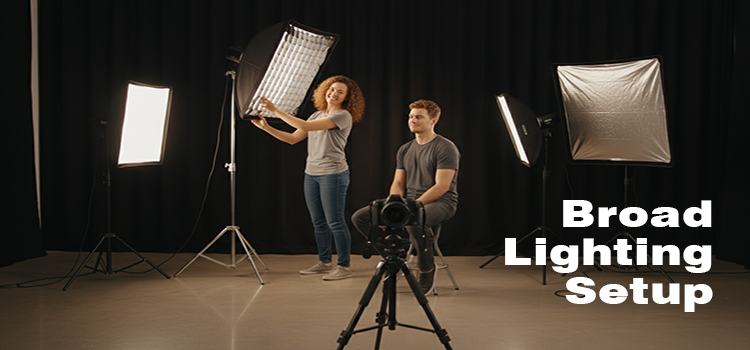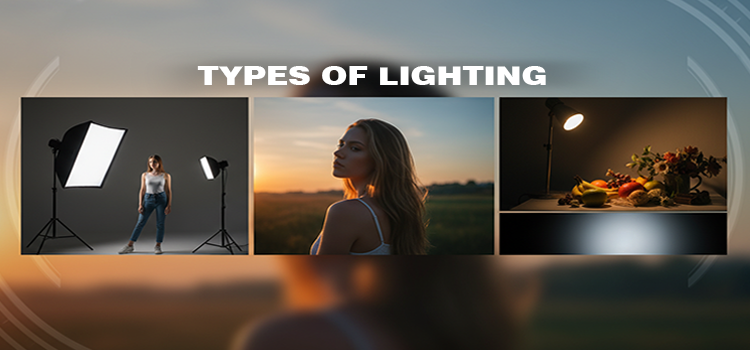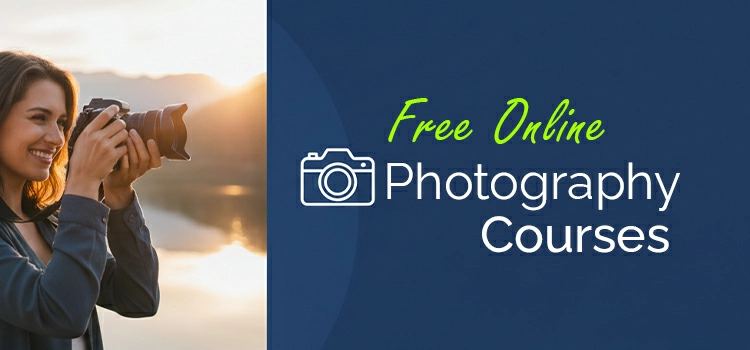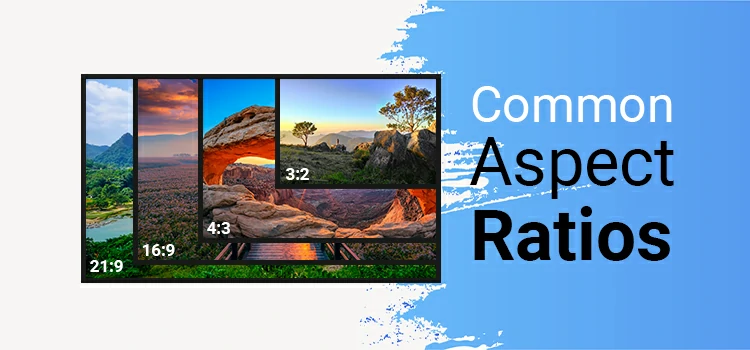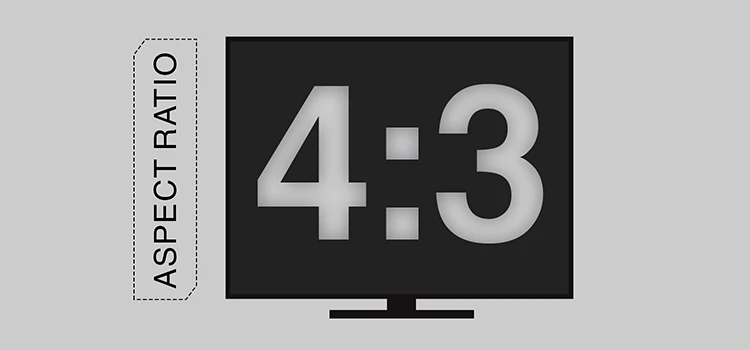Light Painting Photography: A Complete Guide

Light painting is a super cool way to take photos. You need a camera that can take long exposures and a light that moves around. It’s like painting with light in the air, and you get to capture all the movement in one shot. This style lets you run wild with your imagination – make shapes, write words, or create crazy patterns.
Want to try something new with your camera? Light painting is a ton of fun! This guide is perfect for photographers who want to experiment. We’ll walk you through the basics, then dive into some advanced techniques. You’ll be creating awesome shots in no time!
What is Light Painting Photography?
Light painting is this crazy cool trick where you wave a light around to draw stuff during a super long photo exposure. You leave the shutter open, and the light’s movement shows up – it’s seriously amazing and surreal! You can get super creative with this, from simple shapes to intricate, glowing designs that’ll blow your mind.
History and Evolution:
Light painting photography has been around since the early 20th century. Back then, artists like Man Ray and Pablo Picasso were already playing with light trails in their work.
As cameras got better and more people had access to different light sources, this technique turned into a popular art form over time. With digital cameras, photographers can easily try out light painting, which is why it’s become so popular.
Popularity Among Photographers:
Light painting is a total fave among photographers because it’s all about blending art and tech. The best part? You can create something fresh each time you snap a pic, and those light trails really make it shine.
Social media’s also played a big role in making light painting more popular. Now photographers can easily share their incredible shots, inspiring others to try this style.
The Science Behind Light Painting
Light painting is basically long exposure photography. So, the camera’s shutter stays open for a while, catching light as it moves around. Usually, when you take a photo, the shutter opens and closes quickly, freezing a moment in time.
But with light painting, the shutter stays open longer. So, if there’s a moving light source in the frame, it gets recorded as a cool, continuous trail or pattern.
This technique essentially turns your camera into a canvas where light acts as the brush. The longer the exposure, the more light trails and patterns you can create. The key factors influencing light painting are:
- Shutter Speed: The duration the shutter remains open. Longer shutter speeds capture more light and allow for more complex designs.
- Aperture: Controls how much light enters the camera. A smaller aperture (higher f-stop) will let in less light, useful in managing exposure during longer durations.
- ISO: The camera’s sensitivity to light. A lower ISO setting is often preferred to reduce noise and maintain clarity in low-light conditions.
Types of Light Sources
Light painting photography is all about the light. Pick the right one and you’ll get some amazing effects and moods in your pics. Here are the ones we use the most:
1. LED Lights:

LEDs are a top pick for light painting because they’re super bright, energy-friendly, and come in a rainbow of colors. They’re great for creating sharp, vivid trails of light, and you can easily tweak how bright they are. Plus, some LEDs have extra features like strobe or color-changing modes, which opens up even more creative doors.
2. Flashlights:

Flashlights are super handy for light painting. They give you a tight beam of light, so you can create sharp lines or highlight specific parts of the scene. You can even add some color to your trails by slapping on colored gels.
3. Glow Sticks:

Glow sticks give off a softer light than LEDs and flashlights. They’re perfect for making smooth, flowing trails that glow gently. Plus, they’re awesome for creating colorful, fluid shapes and patterns. And the best part? They’re safe to use almost anywhere.
4. Sparklers:
Sparklers make for super cool light trails that add a ton of energy to your photos. They create wild, crazy patterns that really pop in long exposure shots. Just remember to be careful when you’re using them – pick a safe spot with lots of open space.
5. Steel Wool:
When you set steel wool on fire and spin it, it’s like a crazy cool spark explosion! You get these intense, fiery light trails that look just like fireworks. Here’s how to do it: stick the steel wool in a whisk tied to a string, light it, and spin it around. Just don’t forget to be super careful, since this can get pretty dangerous if you don’t pick a safe spot.
6. Lasers:

Lasers are super helpful in photography – they let you create sharp, precise lines of light. They’re especially good for adding tiny details or making geometric patterns. You can get lasers in different colors and intensities, which means you have a lot of control over how your final photo turns out.
7. EL Wire (Electroluminescent Wire):
EL wire is like a magic string that lights up. You can bend it into all sorts of cool shapes. It gives off a soft glow, making it perfect for creating outlines, spirals, or wacky designs. And the best part? It’s super easy to work with. You can wrap it around stuff or even use it to write words in mid-air.
8. Custom Light Tools:
Many light painters create their own tools, such as light brushes, fiber optic cables, or LED wands. These custom tools spark creativity and unique effects. They let photographers push the limits of light painting.
Essential Equipment
So you wanna create some awesome light painting pics? First, you need the right gear to control your camera and lights. Here’s what you need to get started:
- Camera with Manual Controls: For light painting, use a camera that lets you adjust shutter speed, aperture, and ISO settings manually. DSLR and mirrorless cameras are best for this.
- Tripod: A sturdy tripod keeps your camera stable during long exposures, preventing blur from slight movements. Choose one that can handle your camera’s weight and is easy to set up.
- Remote Shutter Release or Intervalometer: Get a remote shutter release or intervalometer to stop camera shake. This thing is super helpful when using bulb mode or setting up multiple exposures for those fancy light painting projects.
- Light Sources: Pick a light source that fits your vibe. Try using LED lights, flashlights, or glow sticks to create different effects. You can even get creative with custom light brushes.
- Extra Batteries and Memory Cards: Long exposure photography drains camera batteries fast, especially in cold weather. Carry extra batteries and memory cards to avoid running out.
- Flashlight or Headlamp: Grab a regular flashlight or headlamp with a red light setting and use it to set up in the dark. It won’t screw up your light painting or blind you at night.
- Lens Hood: A lens hood keeps stray light from messing with your photos. It’s super helpful when you’re shooting outside and don’t want the sun to ruin your shot.
- Gaffer Tape or Velcro Straps: They keep cables, lights, and loose stuff in check during filming. So everything stays organized and we don’t have accidents in the dark.
Preparing for a Light Painting Session
Choosing the Right Location
A light painting session is all about finding the right spot. You need a dark place with no extra lights messing it up, like street lamps or car headlights. A quiet spot like a park, field, or beach usually works great.
Turn off those lights when shooting indoors – you want it to be totally dark. Outdoor spots are awesome, huge, and super flexible, but indoors you’re the boss of the lighting. You want to block any extra light that could ruin your shot. Then, you can get creative and try new things.
Urban vs. Rural Settings
- Urban Settings: You can use cool urban landscapes as a backdrop for light painting. Just keep in mind you’ll have to deal with the city’s ambient light too.
- Rural Settings: In the sticks, you’re the boss of light. There’s no artificial glow to deal with, so you can get creative with what’s available. The stars, moon, or even the natural world can add a sprinkle of magic to your pics.
Camera Settings for Light Painting
Long Exposure Techniques
Light painting uses long exposure photography. It captures light movement by keeping the camera’s shutter open. Shutter speed affects the result.
- Shutter Speed: Shutter speed varies with complexity, from seconds to minutes. Start with 10-30 seconds as a beginner. Longer exposures allow for intricate designs, but risk overexposure.
- Bulb Mode: Use “Bulb Mode” for more control over exposure time. The shutter stays open as long as you press the button, letting you set the duration. This is great for light paintings that take several minutes.
Ideal Shutter Speed, Aperture, and ISO Settings
Begin with a slower shutter speed – think 10-20 seconds. Your aperture should be around f/5.6 or f/8. Then, set your ISO to 100 or 200. Lastly, play with the white balance to get the vibe you’re after.
- Shutter Speed: 10-30 seconds (longer if needed, depending on the complexity of the design).
- Aperture: Set your aperture to f/8 to f/16 to control light. A smaller aperture prevents light trails from getting too bright.
- ISO: Keep your ISO low (usually between 100-400) to reduce noise and preserve image quality. A higher ISO can introduce unwanted graininess, especially in dark environments.
Manual Focus vs. Autofocus
Focusing is critical in light painting. Autofocus may struggle in low light, so switch to manual focus for control.
- Using Manual Focus: Set your lens to manual focus and pre-focus on the light painting area. Use a flashlight to sharpen focus, then avoid moving the camera.
- Focus Lock: Some photographers focus in daylight, then switch to manual to lock focus for light painting.
Light Painting Techniques
Basic Techniques
Getting started with light painting is all about mastering the fundamental methods. These basic techniques lay the groundwork for more complex effects:
- Drawing with Light: Use a handheld light to draw in the air. Move the light during a long exposure to create glowing patterns. Start with simple shapes like circles or stars and move to more complex designs.
- Light Trails: Create streaks of light by moving a light source during exposure. For example, drive a car at night or use a flashlight or LED strip to create continuous lines.
Advanced Techniques
Master the basics, then explore advanced light painting techniques.
- Orb Photography: Spin a light source around a central point while rotating your body or the light source to create a glowing orb. Keep your movements steady and precise.
- Light Calligraphy: Use a light source to create words or designs in the air, inspired by traditional calligraphy. Experiment with different fonts and styles, and add color with gels for depth and contrast.
- Human Silhouettes and Ghostly Figures: Create silhouettes by positioning a person in the frame and painting around them with light. To make ghostly figures, have them move slightly or leave the frame during the exposure.
Incorporating Multiple Light Sources
Combining various light sources in a single shot adds complexity and depth to your images. Here’s how to approach it:
- Layering Light Effects: Use multiple light sources to build layers within the frame. Mix colors, intensities, or textures to make the image dynamic.
- Synchronization and Coordination: Synchronize multiple light sources for intricate designs. Plan each person’s movements and timing to achieve specific patterns.
Reflection and Refraction Techniques
Add complexity to your light painting by using reflective surfaces like mirrors, glass, or water to create distortions and reflections.
- Reflections: Place a mirror or water under the light to add reflection and depth to your image.
- Refraction: Point a light through a prism or water drops to bend the light, making cool rainbow colors or weird shapes.
Post-Processing Light Painting Photos
Post-processing enhances light painting photos and brings out creative elements. Adjust exposure, remove imperfections, and emphasize light trails with the right tools and techniques.
Editing Software and Tools
To begin post-processing, you’ll need photo editing software that allows for advanced adjustments. Some of the most commonly used tools for editing light painting images include:
- Adobe Lightroom: Great for making simple tweaks like brightness, contrast, and color fixes. Plus, it’s got awesome tools for handling highlights and shadows, which are huge in light painting.
- Adobe Photoshop: Lets you get really creative with your edits – think layering, masking, and fancy blending stuff. Perfect for making some amazing composite images.
- Affinity Photo or GIMP: Both are awesome Photoshop substitutes that save you money on subscription fees.
Basic Adjustments
Once you’ve imported your images into the software, you can start with the following essential edits:
- Exposure Adjustment: Adjust image brightness to balance light and dark areas. Lower exposure to fix overexposure, or raise it to add detail.
- Contrast: Make the light stand out by increasing contrast. Balance contrast to enhance clarity without losing detail.
- Highlights and Shadows: Adjusting highlights controls bright areas, like light trails. Shadows bring out details in dark areas.
- Clarity and Texture: Adjust sliders to enhance light trail sharpness and details without affecting the image. Clarity adds definition, while reducing it softens the image.
Advanced Editing Techniques
Want to add some extra flair to your light painting shots or make them pop? These advanced techniques can take your photos to the next level.
- Stacking Multiple Exposures: Take multiple shots of a scene and combine them later. This creates a complex effect by blending different light trails and details.
- Blending and Masking: Use Photoshop layer masks to reveal or hide image parts, refining light trails or combining exposures. Mask out a bad light trail and replace it with a better one.
- Noise Reduction: Noise often appears in low-light photos. Lightroom and Photoshop have tools to reduce noise while keeping details sharp. Take your time with it, or you’ll lose important details.
- Color Grading and Adjustments: Light painting uses different color temperatures, so adjust the color balance. Use Lightroom’s HSL sliders or Photoshop’s color balance to correct colors. Add tints to highlights and shadows for an artistic effect.
- Lens Corrections: Depending on the lens you used, there may be some distortion or vignetting (darkening around the edges of the image). Many editing software programs offer automatic lens corrections based on the metadata from your photo, which can help eliminate these issues.
Creative Ideas and Inspiration
Light painting offers endless creative possibilities. Try different themes and techniques to fuel your creativity.
Exploring Different Themes
One of the best ways to stay inspired is to experiment with a variety of themes in your light painting photography. Here are a few ideas to explore:
- Light Painting in Nature: Use natural landscapes like forests or beaches as your canvas. Highlight trees or create glowing trails with light.
- Urban Light Painting: Use light to contrast with buildings, streets, or industrial elements. Paint with light around structures or add patterns to urban backdrops.
- Abstract and Surreal Designs: Create dream-like scenes with spirals, shapes, or light movements. Experiment with art over realism for visually stunning results.
Collaborative Projects
Working with other photographers or artists can open up new creative avenues. Consider collaborating with others to expand your ideas and challenge yourself creatively.
- Collaborating with Performers: Capture dancers, athletes, or performers in motion with light trails to get some really dynamic images.
- Combining Light Painting with Portrait Photography: Add a new dimension to portraits with light painting. Draw light around your subject or frame them with glowing designs for unique results.
Incorporating Other Photographic Techniques
Light painting can also be combined with other photographic techniques to create more dynamic images:
- Double Exposure: Make cool double-exposure shots by mixing light-painted scenes with other pics, like abstract shapes and a portrait.
- Star Trails and Light Painting: Capture star trails in a dark, rural setting. Add light-painted designs in the foreground for depth and complexity.
Showcasing Your Work
Once you’ve developed a portfolio of light painting photos, it’s time to share your creations with others. Here are a few ideas for showcasing your work:
- Social Media Platforms: Share light painting photos on Instagram, Pinterest, and photography forums. Use hashtags like #lightpainting and #longexposure to reach more people.
- Photography Competitions: Light painting photography stands out in competitions. Enter your best shots to get exposure and feedback.
- Exhibitions and Galleries: Showcase your cohesive collection in a local gallery or online exhibition. Large prints of light painting images have a strong visual impact.
Experiment with Props and Environments
Introduce props, costumes, or themed setups to your light painting for more creative possibilities:
- Props: Use mirrors, glass, or reflective surfaces to add depth and intrigue. Try props like smoke machines or water to enhance the mood.
- Costumes and Themed Setups: Use costumes or themed scenes to tell a story in your light painting. Think fantasy with glowing swords or futuristic scenes with neon lights.
To Conclude
Light painting photography is super cool because you can try out all sorts of things. The more you mess around with different ideas, themes, and techniques, the more one-of-a-kind and creative your pics will be.
Push the limits, team up with others, and try new stuff – the more you shoot, the more creative you’ll become.
Take these creative ideas and sources of inspiration, and you’ll be all set to take your light painting photography to the next level. You’ll be able to bring your wildest ideas to life!


